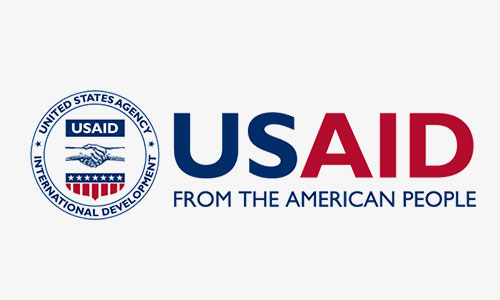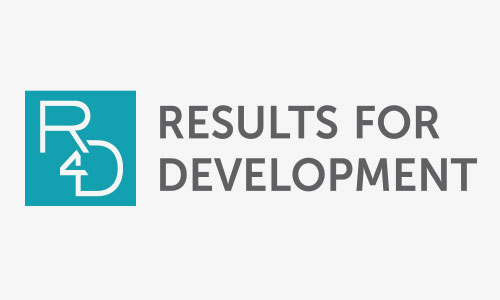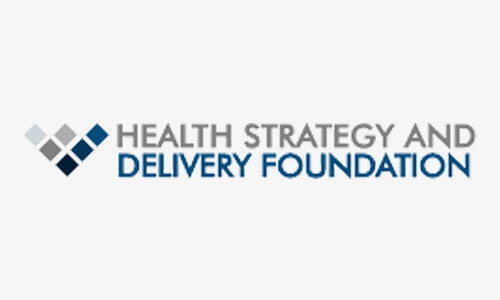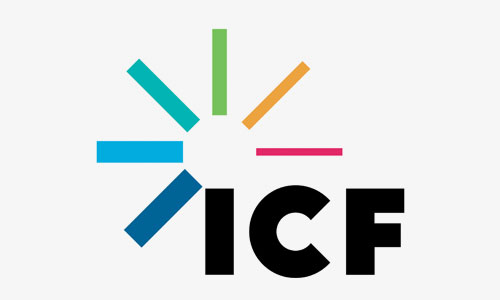Authors: Christine Ezenwafor, HSDF, Uchenna Gwacham, HSDF, Agnes Munyua, R4D, and Loriade Akin-Olugbade, R4D
The COVID-19 pandemic is one of the most complex public health problems the world has faced in recent times, profoundly affecting the economies and welfare of populations in over 200 countries, areas, and territories. On December 19, 2020, 30 participants from eight countries – Bahrain, Bangladesh, Ethiopia, Indonesia, Kenya, Mongolia, Nigeria, and Senegal – convened for the kickoff meeting of the National Coordination of Multi-sectoral and Multi-level Pandemic Response learning collaborative, facilitated by the Accelerator and the Joint Learning Network for Universal Health Coverage (JLN). Participants were drawn from the national Covid-19 response units in each country with representatives from the Ministries of health, education, finance, transportation, tourism, civil aviation, and social security. This blog summarizes deliberations from their first cross-country exchange on the topics of citizens’ compliance to public health measures and data use and integration of data systems.
Citizen fatigue and non-compliance to public health measures
Nine months into the pandemic, country teams expressed the difficulty in implementing and maintaining lockdowns and curfews particularly in areas with high population density. There has also been backlash due to loss of government revenue from affected sectors such as hospitality, education, and tourism, as well as a huge loss in employment and livelihoods particularly for informal sector workers. Additionally, it has been difficult to enforce measures such as social distancing in crowded urban areas and mask-wearing in rural areas.
In Senegal, strong social solidarity was evident in the early days of the pandemic due to active youth engagement in the communities and public education campaigns. The production of face masks at the community level increased their availability, improved their affordability, and increased the likelihood of compliance with mandatory mask-wearing measures. However, over time community commitment and engagement has declined and COVID-19 cases have risen in Senegal.
Mongolia’s approach was to markedly reduce importation of new cases of COVID-19 by closing its borders in early February 2020. This proved successful as it was not until November 2020 that the country recorded its first local transmission of COVID-19. From February to November 2020, Mongolia actively prepared for an outbreak by mobilizing resources to strengthen the health system, organizing trainings for health professionals, and implementing policies to keep the population well-informed and conduct contact tracing. When local transmission rose to above 400 cases the Mongolian government decided to implement a lockdown to control the outbreak. While the lockdown was effective in limiting the spread of COVID-19, its severe economic effects impacted citizens’ livelihoods, particularly small and medium-sized businesses. Additionally, there was stigma associated with having COVID-19 that impeded efforts to effectively conduct contact tracing and the government experienced some difficulty to adjust its approach in different phases of the pandemic.
In Bahrain, intense media campaigns and awareness helped Bahrainis understand and cooperate with the government’s control efforts. Also, Bahrain’s good health infrastructure ensured people were able to access free effective treatment in a timely manner. Furthermore, the country leveraged the use of a hotline for appointment scheduling and information sharing, and a mobile app to track positive cases during the quarantine period. This infrastructure will be useful to support strategies for rolling out the vaccine.
Data use, availability, and integration of data systems
Most countries reported that they had disparate systems for collecting information on the pandemic, but efforts have been made to ensure that data are harmonized and made available to decisionmakers in a timely manner.
Nigeria’s epidemic response has been led centrally by the Nigeria Centre for Disease Control, but each state has the resources to collect state-level data and transmit it to the National COVID-19 response center. To facilitate data collection and reporting processes, Nigeria has leveraged technology. Data on COVID-19 testing, for example, was useful for decision making on expanding COVID-19 testing services. However, in some states like Cross-River and Kogi, the slow response to the pandemic has led to inadequate data capture and inefficiencies in national pandemic control.
In Kenya, coordination across various levels of government and agencies has been greatly facilitated by the use and sharing of data. Sharing integrated data across different sectors and departments collaborating for the COVID-19 response has been helpful, for instance, in mobilizing the National Youth Service to support the delivery of socio-economic support such as food relief packages during the lockdown.
In Ethiopia, coordination efforts were initially hampered by a widespread disbelief of the presence and impact of the virus among the population. As the government worked to surmount public perception, adoption of cross agency data sharing has been invaluable in strengthening the national response. Though lacking an integrated data management system, Ethiopia has leveraged the Telegram App© to receive statistics from testing/treatment centers at the Ethiopia Public Health Institute (EPHI) lab. The data have been shared across sectors including the border control and aviation authorities to support surveillance. For example, authenticity of test results from local public and private labs have been verified by immigration officials at border points. Ethiopia has also leveraged strong private/public sector collaboration for public education, surveillance, and the overall management of the pandemic.
Key takeaways
In conclusion, countries have varied ways of capturing and transmitting data, but how accurately and rapidly data are collected and shared has been crucial in managing the countries’ pandemic response. Citizen fatigue and compliance to public health measures has also posed a challenge to most countries, but they have experienced moderate successes with the use of varied public health measures such as wearing face masks, social distancing, lockdowns, curfews, school closures, quarantine, isolation etc. There is much room for countries to learn from each other about how and why certain approaches work better in some settings as opposed to others.
We are looking forward to continuing our joint-learning journey on the top three topics selected by the collaborative participants: multi-sectoral coordination across government agencies, balancing economic interests and public health measures, and engaging communities and households. We shall continue to share learnings with you through these blogs and a final knowledge product later in the year.




